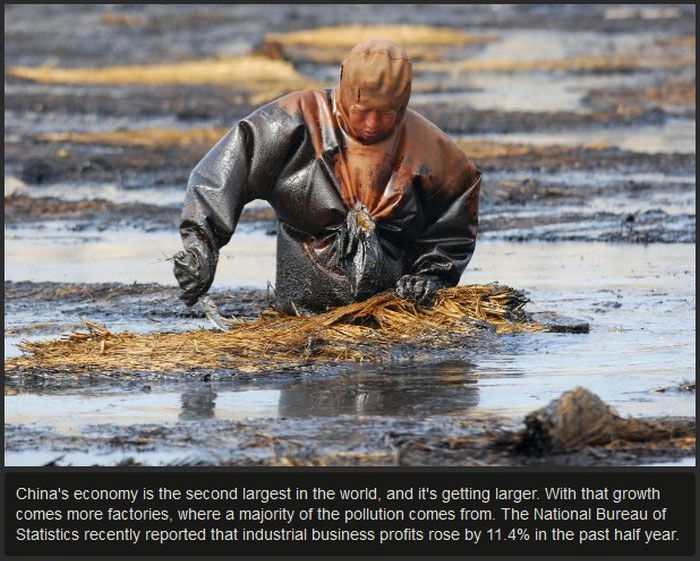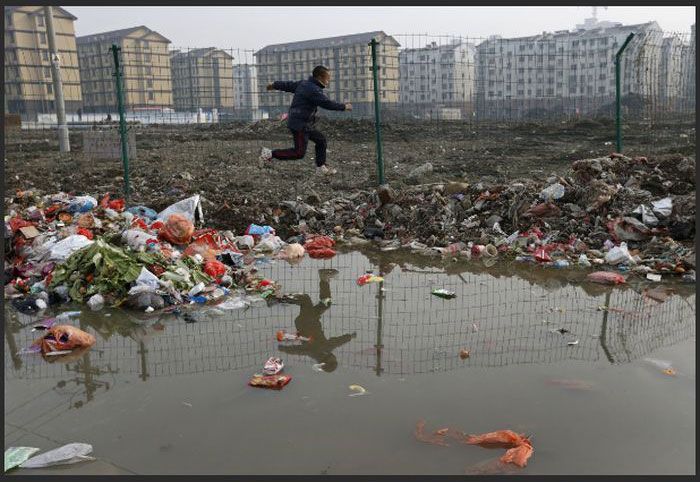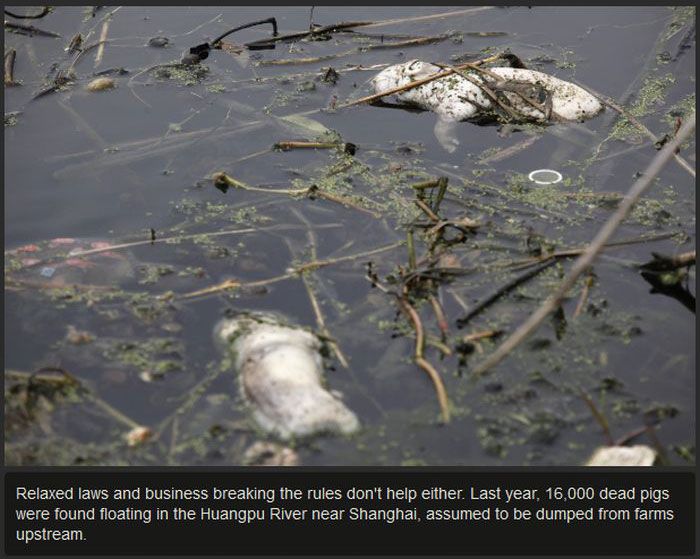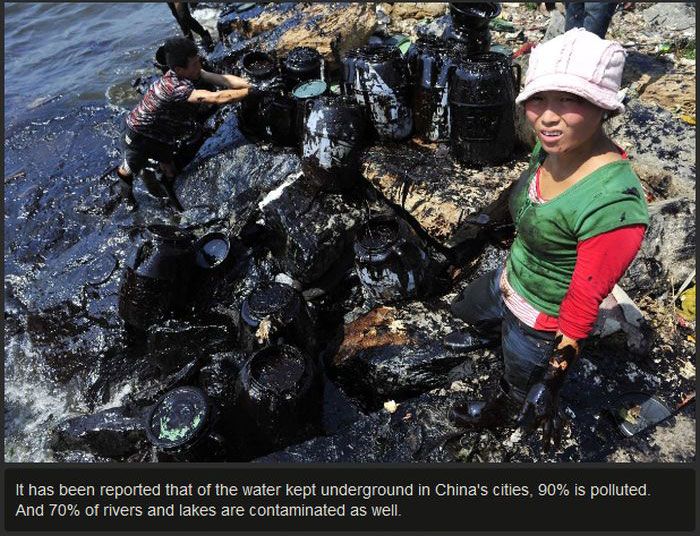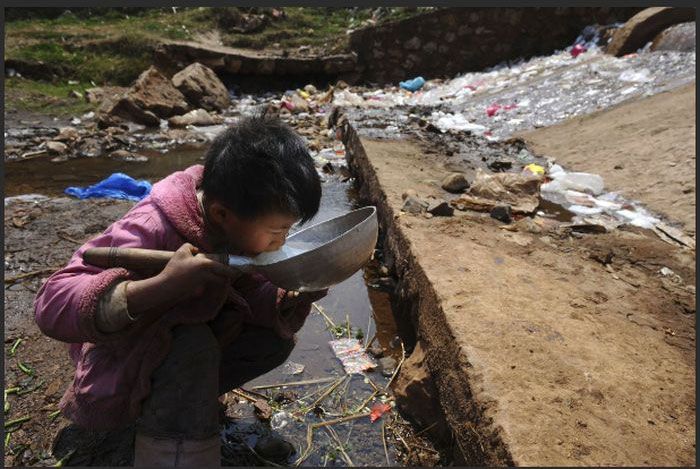At first glance it’s a strange title for an article. What does Indonesia, China, Gold and the Islamic State or ISIS have to do with one another? That might begin to become clearer when we look more closely at the foreign economic policy actions of the Indonesian government of President Joko Widodo.
On January 14, an Indonesian terrorist group connected with ISIS in Syria claimed responsibility for a series of suicide bombings and terror attacks in Jakarta, killing two civilians and ending in the death by police of five terrorists. The attackers apparently were not the most professional. The first was a suicide bomber who entered a Starbucks café, detonated the device killing only himself, along perhaps with a few thousand calories worth of Starbucks muffins and cups of Latte. The terror attacks were the first in Indonesia since 2009.
Now, if we take the basic fact that all major international terrorist organizations must have at least one or more state sponsors to remain in existence, and that the blood from ISIS atrocities lies on the hands of the CIA, the Turkish government of Recep Erdogan, and on Saudi King Salman and his princeling Salman, with some drops finding their way to the hands of Israel’s Netanyahu, we must ask what it is that suddenly, after a calm of almost seven years, makes Indonesia a terror target?
China and Jokowi
Joko “Jokowi” Widodo, Indonesia’s president, who was voted in October 2014 for his appeal as a clean, new face in the traditionally corrupt Indonesian politics, has followed a mixed course, seemingly trying to be friends with all, at least in foreign relations.
To please Washington he agreed to the disastrous Trans-Pacific Partnership trade swindle. He backed Obama’s agenda on the fraudulent Global Warming. But he also has taken very concrete steps to improve relations with China, and here is where it becomes interesting.
Since a CIA-backed military coup in the late 1960’s, Indonesia has had a mixed relationship with Beijing. The CIA backed a military coup in 1967 to oust the nationalist leader of the revolution that overthrew Dutch rule, Sukarno, placing in power General Suharto, whose army launched mass slaughters of hundreds of thousands of pro-Chinese communists. With the US-backed coup regime of Suharto, diplomatic ties to Beijing were cut, a state of affairs lasting until 1990. The Suharto coup had a lot to do with controlling Indonesia’s oil and locking her into America’s Asian sphere of influence.
Today Indonesia, under the populist Jokowi as he is called, is concerned with developing the nation economically. That, in today’s Asia, inevitably means working with China. And this is precisely what Jokowi has been also doing.
Financing Major Infrastructure
Over the past decade, Indonesia trade with China has assumed growing importance. In November, 2014, newly elected President Joko Widodo paid his first official overseas visit. It was to China where he met with China President Xi Jinping and Prime Minister Li Keqiang. Then in April 2015, President Xi Jinping met in Bandung with Jokowi at the commemoration of the 60th anniversary of the Asian-African Conference.
By 2010, China had overtaken the US as Indonesia’s second-largest export destination after Japan. China has also become Indonesia’s most important source of imports. Now, under Jokowi, Indonesia has recently turned to China to finance major domestic infrastructure projects to link the most important of the country’s thousands of islands.
Last October, Jokowi’s government announced that it had decided to accept China’s revised offer to construct a major high-speed rail linking Jakarta to Indonesia’s third-largest city, Bandung. China beat a rival Japanese bid for the project, to cost an estimated $5-6 billion. The railway will be completed by 2018.
The Jakarta-Bandung rail project is a part of President Xi’s economic diversification strategy of focusing high-tech China companies on developing export markets and also of developing the needed infrastructure along China’s One Belt, One Road routes across Asia and Eurasia. Good relations with Indonesia is also important for China in developing stronger ties with the ASEAN countries of southeast Asia, where Washington is hard at work trying to stir friction against China’s presence in the islands of the South China Sea.
For the Jokowi government it’s clear that they see China as the essential partner in helping meet the goal of a vast infrastructure investment plan. Japan is de facto bankrupt.
The Jakarta government needs to invest an estimated $740 billion in the coming five years for infrastructure development projects to achieve the targeted 7%-a-year growth in its economy. The government expects 5.8% growth this year, lower than the 6.3% target. Jokowi has also requested Chinese president Xi Jinping increase involvement of Chinese state companies in developing Indonesia’s infrastructure. He also proposed a bigger role for Indonesia in the China-led Asian Infrastructure Investment Bank (AIIB).
The golden hills of Papua
The Jokowi government needs to get Chinese financing, a lot of it to reach its significant infrastructure targets, seen as bringing the huge economic potential of the country of some 255 million. Now things get interesting. To collateralize infrastructure borrowing from China, Jokowi’s government is looking more closely at a project high in the mountains of Papua. There, inside Indonesia, lies the world’s largest gold mine. It also happens to have the world’s largest reserves of copper. One beautiful collateral to use to borrow the estimated $85 billion needed from China to get the further infrastructure moving. Only problem is that the gold is controlled by an American multinational, not Indonesia.
The Papua gold mine known as Grasberg, is situated some 14,000 feet high in the Sudiman Mountain Range, in the Indonesian part of the New Guinea island. It is not only the world’s largest gold mine. It is also the world’s most profitable gold mine. Since 1989 the mine has been mined by a very well-connected corporation now based in Phoenix, Arizona called Freeport McMoRan.
Freeport McMoRan’s Grasberg gold mine is the world’s largest and the most profitable gold mine
Freeport McMoRan, a firm that in the past has had Rockefellers, Whitneys Stillmans, Goodrichs and Lovetts on its board, is one of the most influential of global US corporations. It got control of the mining rights for Grasberg in the usual way for such giant US mining multinationals—by hook and crook, fraud and bribery. A 2005 New York Times investigation revealed documents showing that from 1998 through 2004, Freeport gave Indonesian military and police generals, colonels, majors and captains, and military units, nearly $20 million to insure “security” at the huge Grasberg mine. The military and police were used to put down protests and riots by locals and workers protesting the unchecked environmental toxins resulting from Grasberg. To get mining rights at the start Freeport chairman James R. Moffett reportedly made Indonesian President Suharto bribes that made him rich. Freeport has become one of the largest sources of revenue for the government.
Freeport has a brutal record at Grasberg. On October 17, 2011 the company halted operations in Papua amid a strike that led to a deteriorating security situation and intensified calls for Papuan independence. Seventy percent of Grasberg workers joined the strike, appealing for higher pay, blocking roads, clashing with police and cutting the pipeline in several places.
Now, the new Jokowi government has looked more closely at the terms of Freeport McMoRan’s lease on Grasberg, a lease expiring in 2021. The government is demanding that Freeport give it a share double as large as the 10% it holds today, up to 20%, to be finally raised to 30% in 2019. As well it demands more revenue from the mining proceeds and wants the mining company to comply with a new Mining Law, which limits concession areas for miners, in addition to the greater government ownership. The company valued the Grasberg asset at a total of $16.2 billion. That is amusing to say the least. The company admits in another filing that it will invest $18 billion to turn the Grasberg complex from open pit to underground mining in late 2017. Invest $18 billion in a property only worth $16.2 billion?
According to Indonesian sources, geological estimates are that Grasberg holds a total gold of possible 16,000 tons. That would be fully half of all world official central bank gold holdings in that one mine. At today’s price of gold at $1,107 a troy ounce, that translates into a gold mountain worth of some $516,000,000,000, or more than half a trillion dollars. That’s money some would say worth killing for.
Now this all is hardly proof that Freeport McMoRan went and hired some “ISIS” suicide bombers to wreak chaos and death in Indonesia’s Jakarta capital as a warning. It is worth noting, nonetheless, that the very same day Freeport published its offer for the settlement of the 2021 Grasberg mine lease renewal, bombs went off in Jakarta.
In my humble opinion, were I Jokowi, I would look for links between Grasberg and the Jakarta bombings. Or better yet, find another reason to not renew the Freeport lease in 2021 on grounds of massive bribery, illegal environmental degradation and such that is already known and proven. That 16,000 tons of gold would collateralize the lion’s share of Indonesia’s planned infrastructure. And with China rapidly becoming the world gold trading hub, the Beijing-Jakarta economic friendship could have a golden future.
https://journal-neo.org/2016/02/14/indonesia-china-gold-and-isis/
